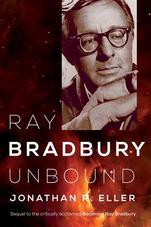
The review itself will have to wait for late 2015, but below is the brief note I did on Goodreads:
https://www.goodreads.com/review/show/1051331889?book_show_action=false
Rafeeq
For right now, I will simply comment that Jonathan R. Eller'sRay Bradbury Unbound is a top-notch conclusion to the two-volume biography of perhaps the most famous name on modern speculative fiction, by perhaps the top scholar of Bradbury textual criticism. While the book of course discusses the author's life after Fahrenheit 451, it is not simply a chronology of personal matters but an explanation and analysis of Bradbury's development as an artist. As such, this study will be enjoyed by scholars and non-academic readers alike.
A fuller 1400-word review will be forthcoming in the academic journal Extrapolation in late 2015.
6 October 2014

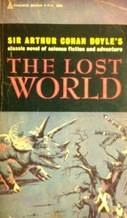
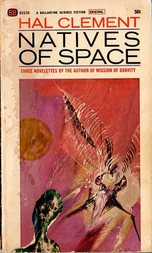
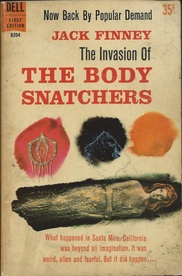
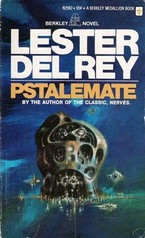

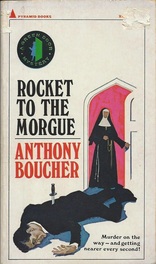

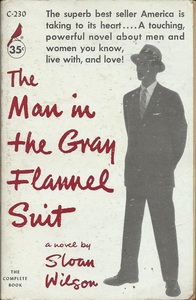
 RSS Feed
RSS Feed
